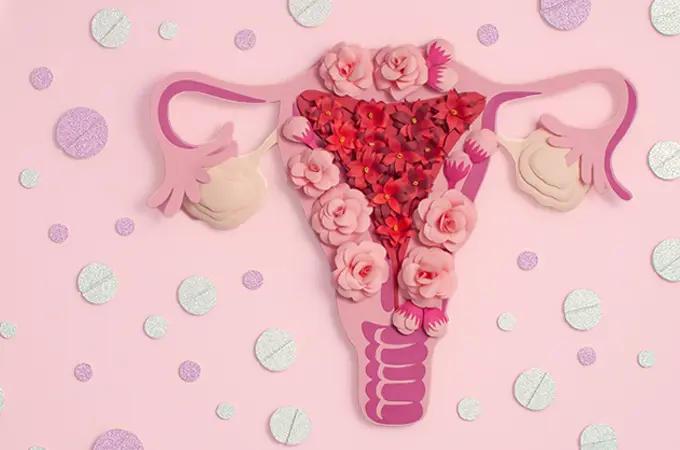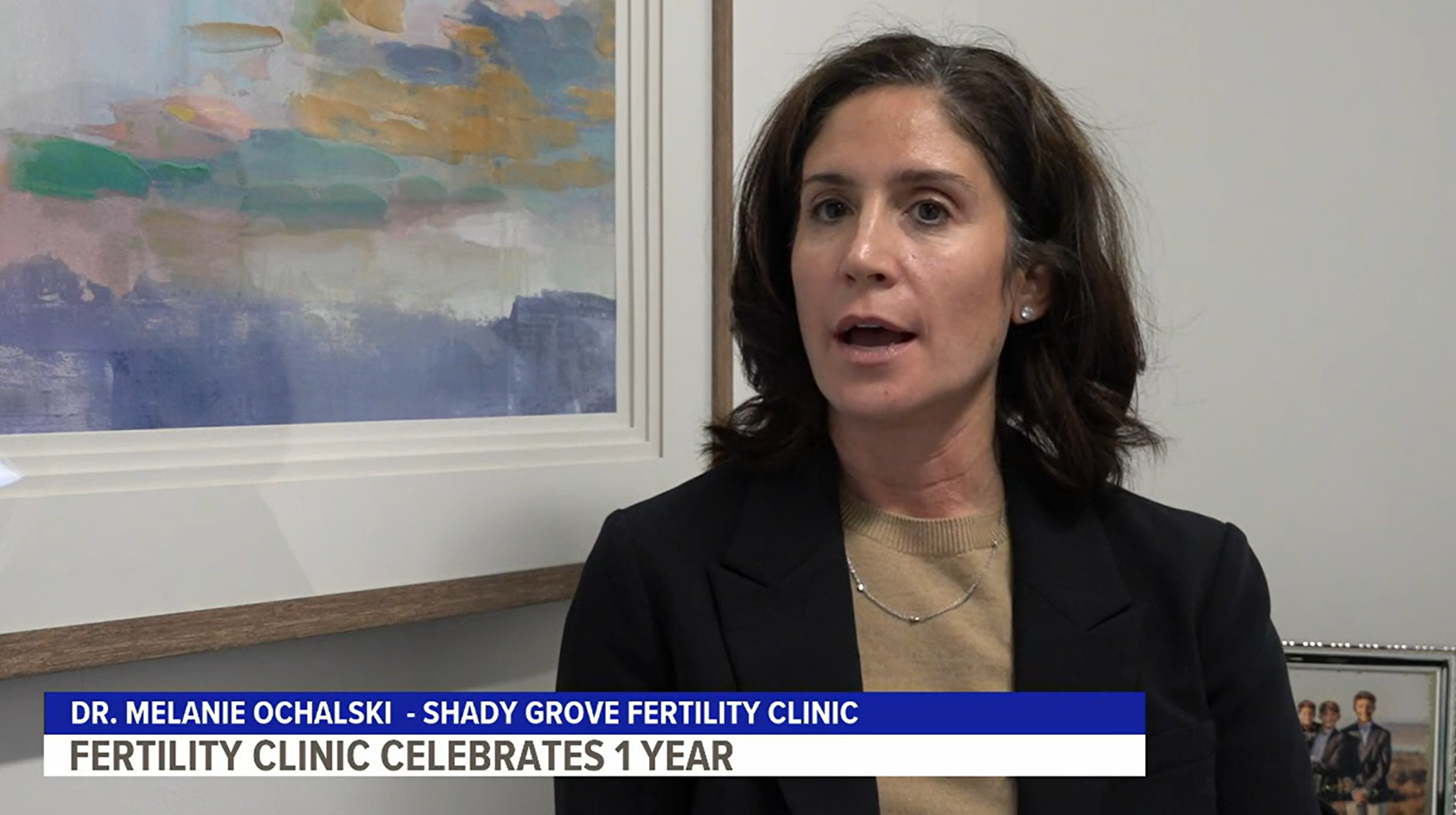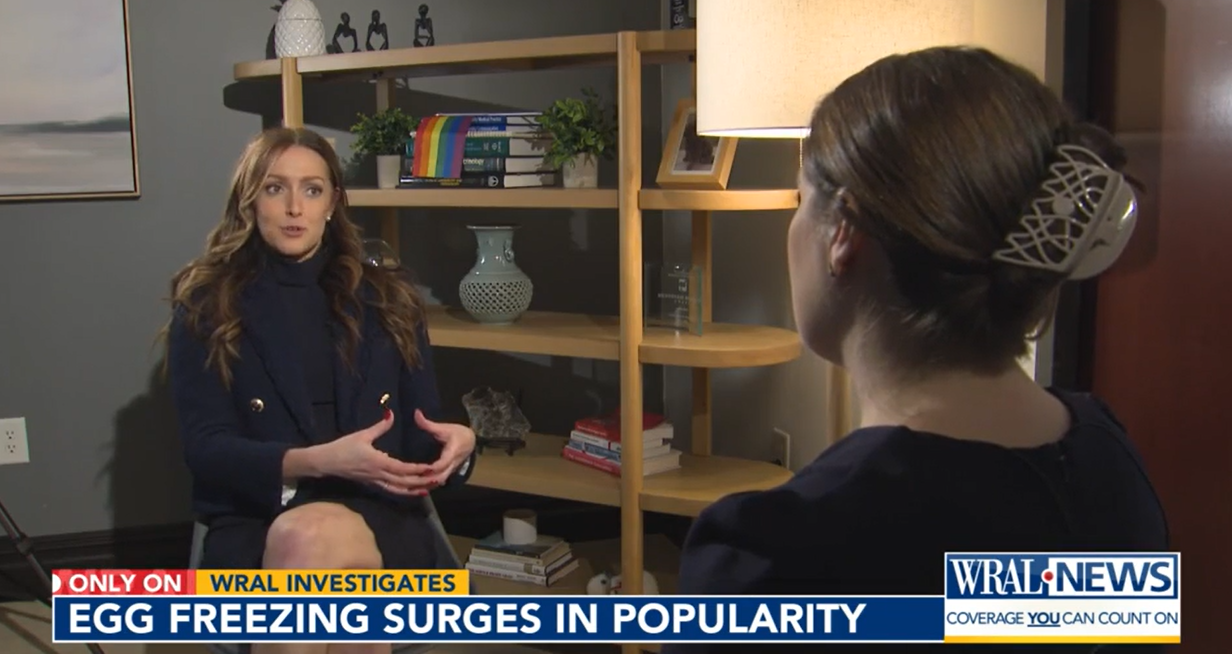Phyllis Martin never imagined she would need fertility treatment at 28 years old, and she certainly never imagined all the ways it would change her world. The path she followed – from IVF to considering adoption to choosing egg donation – resulted in three children, a new career and a new lens on life. Her thoughtful and honest approach to creating and nurturing her family has paid dividends in happiness.
When it All Started
When Phyllis’ fertility journey started 15 years ago, she was working as a licensed professional counselor at the Department of Justice providing counseling to employees and facilitating staff trainings. She had married a great guy named Tony when she was 24, and they spent several years traveling and having fun before they started trying to have children.
After only a few months of trying to conceive, Phyllis felt that something was wrong. “Lucky for us,” she reflects, “my ob/gyn didn’t waste any time before checking both of us out.”
The doctor ran some preliminary tests and recommended that Phyllis and Tony see a fertility specialist. When they did, they discovered that they had male factor infertility. The treatment recommended to them by the first fertility center was IVF using ICSI. Unfortunately, that first cycle ended in miscarriage.
Finding Shady Grove Fertility
Phyllis and Tony were worried about the financial implications of continuing treatment without any guarantee of success. They had heard about Shady Grove Fertility’s Shared Risk 100% Refund Program. “At the time, Shady Grove Fertility was the only place that did a shared risk program. That was a big draw for us,” Phyllis remembers.
At the time that Phyllis and Tony started treatment 10 years ago, the Shared Risk program offered three fresh cycles of IVF and the related frozen cycles for one flat fee with a 100% refund if the patient didn’t take home a baby from the hospital.Today, Shady Grove Fertility’s Shared Risk program remains one of the most unique and generous multi-cycle refund programs in the country, providing the same guarantee on six fresh cycles of IVF and the related frozen cycles.
Phyllis and Tony enrolled in the Shared Risk Program and started a new round of IVF treatment with Dr. Stephen Greenhouse in the Annandale, VA office. Over the next few years, they completed three fresh IVF cycles and one frozen embryo cycle, but had no success.
“We took breaks between cycles because it was really hard on us. You get psyched up for each cycle and go through all the steps, and then there is such disappointment when you get that negative result,” says Phyllis.
Maybe it’s Time to Quit
After the third attempt, the couple scheduled an appointment with Dr. Greenhouse to get his opinion on what their next steps should be. By this time, Phyllis was 31 and felt wearied by the experience. She says she really felt that she was done with treatment. “I told Tony, ‘let’s see what Dr. Greenhouse thinks but basically, we’re going there to get our money back and go home.'”
When they met with Dr. Greenhouse, he shared his disappointment at their outcomes, but he also had some good news. Shady Grove Fertility had expanded the Shared Risk Program to include four cycles of IVF. He told them that, if they wanted to, they could do another cycle for the fee they had already paid.
Phyllis asked what he thought they would need to change in order to have success. Dr. Greenhouse suggested using donor eggs. “Although we started with a male factor problem, Dr. Greenhouse explained that our IVF cycles showed that I was a poor responder,” Phyllis explains. “I was taking the highest level of stimulants and producing only 3-7 viable eggs each cycle. Basically, my ovaries were acting much older than I was.”
The idea of using donor eggs struck both Phyllis and Tony as strange. At the time, the use of donor eggs was far less common than it is today. “We were very weirded out by it. I had never read anything about it or heard of anyone doing it,” says Phyllis.
It was a lot to absorb. Phyllis says, “I wasn’t that keen on doing another cycle of any kind, but I thought we should, at least, take some time to think about it. So, we didn’t ask for our refund right then.”
Contemplating Next Steps
In the next several months, Phyllis and Tony spent time weighing their options. They learned more about using donor eggs, and also found a resource for adoption. The couple began going to classes to learn about the adoption process.
Phyllis also considered a future without kids. She imagined she and Tony living what she called a “child-free lifestyle.” “We could move to Georgetown, spend our money on travel. You know, it didn’t sound so bad to me,” she says. But Tony was not on board. He really had his heart set on raising kids with Phyllis.
Little by little, they began to feel more comfortable with the donor egg option. Phyllis read as much research as she could find and talked to her family and close friends about it. “Incredibly, my best friend from the time we were about 13 years old offered to donate her eggs to us and that made it feel, really, like our best option.”
Overcoming Issues about Donor Egg
The prospect of using donor eggs concerned Phyllis on several fronts. She wondered about whether to tell the child and how to explain it if they did. She worried about how it would affect the child; would he or she feel different or judged by others?
“Adoption is a very socially accepted thing and there is a ton of literature about how to handle psychological issues with adopted children. But, at the time, no one was talking about donor eggs,” Phyllis says. She also worried about who to tell in her family and how they would react.
Another issue for Phyllis was the grief many women experience at the thought of not having a biological connection to the child. “I come from a close-knit Italian family. I care about my heritage, and I think we have good genes in my family,” Phyllis explains. Her husband, Tony wasn’t as close with his family and didn’t feel the same emphasis on passing on his lineage. “So, it just really made me feel angry. Like, of the two of us, why do I have to be the one to give up the genetic connection?”
Getting Support
As a counselor, Phyllis knew it would be important to resolve these issues before moving forward with the donor egg cycle. She and Tony read all the literature on adopted children to see what they could take from it to apply to their situation. They went to see a counselor together with whom they could talk through their concerns. “I also decided,” Phyllis says, “that I had to tell some of my family members, like my parents and my sister, because I wanted their blessing and I knew I would need their support.”
After working through these issues, they went back to Dr. Greenhouse to talk it over with him. “I suggested that we do our fourth cycle under the Shared Risk Program but use donor eggs instead of my own,” says Phyllis. Dr. Greenhouse presented the idea to the medical board, and they agreed to allow it.
At the time, the Shared Risk program did not include donor egg. Today, transitioning patients from Shared Risk with IVF to Shared Risk with Donor Egg is a standard practice.
Moving Forward
The couple immediately began the process, and Phyllis’ friend was tested and approved to be the donor. “It was so great to have her as the donor because I knew her so well,” she said. “We have a similar heritage and background and we even look alike. There was something very comforting about that.”
A few other things gave Phyllis the confidence in using her friends donated eggs. Phyllis knew that with two teenage children of her own, her friend was done having children and wouldn’t regret donating her eggs. “Also,” Phyllis adds, “I knew her personality well enough to know that she wouldn’t be intrusive with the kids. I knew she would only be as involved with our kids as we wanted her to be.”
The donor cycle went well for both Phyllis and the donor. “The only time I felt concerned about it was when I saw her in the OR recovery room waking up from the retrieval. I thought, ‘wow, this was a lot to ask of her,’ but she was happy she was able to do this for me,” says Phyllis.
The donor produced 22 eggs, 18 of which fertilized. “I was so excited to hear the fertilization report because the numbers were so much higher than my own cycles had been.”
On day 5, two high-quality blastocysts were transferred to Phyllis, and on day 6 her nurse called to say that three more had matured and were being frozen. From that cycle, Phyllis gave birth to twins, one girl and one boy.
Four years later, she came back to Shady Grove Fertility and transferred two of the frozen embryos. When that didn’t work, she did another cycle with the last frozen embryo they had. Phyllis recalls, “I thought it would never work because it was only one embryo and it was the very last one we had…but it did! And we had another girl.” She and Tony are now a family of five – the twins are ten and their daughter is six.
Phyllis’ relationship with the donor has remained strong over the years, and they spend annual vacations together with their kids. Phyllis’ kids refer to the donor as their “Aunt” and have a great affection for her. Phyllis says she has never doubted her decision to ask her friend to be the donor, “She is still thrilled, to this day, that she was able to give us this gift, and she loves how close our families are.”
Mothering is in the Doing
All of Phyllis’ research and planning paid off when it came to talking to the kids about their origins. She says that they are very comfortable knowing who they are and where they came from. “The story of how they came to us has always been a theme in their lives, and they have completely accepted it,” says Phyllis.
She practiced telling them their story when they were infants, explaining that mommy’s eggs wouldn’t work and that their “Aunt” donated her eggs so they could be born. “Of course they couldn’t understand what I was saying,” says Phyllis, “but it allowed me to hear the story out loud and to tweak it until I was comfortable with it.”
Phyllis says she has always tried to teach the kids to value the role that family members play in their lives over the genetic connection. “What does it mean to be a mom?” she asks, “I’m the one nursing them. I’m the one changing the diapers. I believe mothering is in the doing.”
She adds, “Over time, it became more and more clear to me how much of me was involved in creating my children. The donor gives you eggs, not children. It’s my values, beliefs, food, traditions, likes and dislikes that have influenced them, despite my genes not being used. Mom’s aren’t moms because of genes – we have way more to offer than that.”
A New Personal Mission
As if going from contemplating a child-free existence to having newborn twins weren’t enough, Phyllis started to think about changing her career. “When we were looking for information and support before having the kids, I just found so many areas lacking. I really thought there was a lot I could contribute in the field of infertility,” she says.
She quit her job at the Department of Justice and started a private practice helping individuals and couples with fertility issues. She runs support groups and speaks at events. This month, she is starting an Internet radio show called The Fertility Forum. She says, “When you give back and help others, it helps you to process what you’ve been through and realize how far you’ve come.”
Her Child-Filled Lifestyle
Does Phyllis ever long for that townhouse in Georgetown and all those fabulous trips she could have taken instead of having kids? “Well, sometimes…,” she laughs. “There is nothing like parenting. It’s a tremendous life experience. There is lots of laughing and there are lots of adventures. With kids, you get to experience the newness of all the good stuff in the world through their eyes. I wouldn’t trade it for anything.”
Phyllis has also never regretted her decision to use donor eggs to have her children. “I adore my kids, so to wish for my genes at this point feels like it would undo them, and I cannot image that. I feel that I was supposed to have these kids and so, using donor eggs was part of the plan…I just didn’t know it from the get-go.”
Note: Phyllis’ live internet fertility radio show, The Fertility Forum, premieres Monday, August 22 at 9 pm. Listen live to a new show every Monday night, or download previous shows from iTunes.





